You are here
Appia - San Giovanni
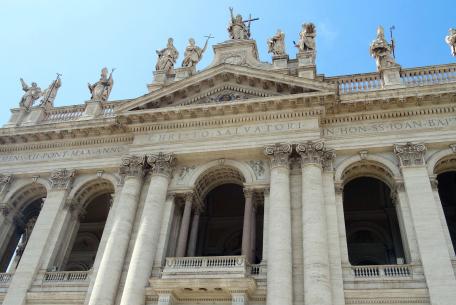
The Cathedral of the Most Holy Savior and of Saints John the Baptist and the Evangelist in the Lateran, better known as the Basilica of San Giovanni in Laterano, is, by definition,
[...]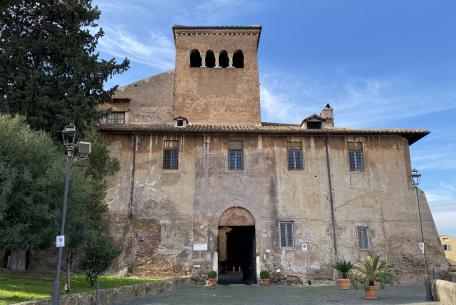
A medieval fortress in the centre of Rome.
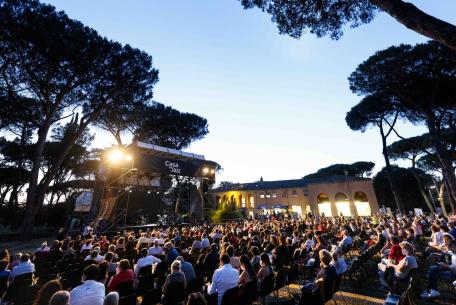
Along Viale di Porta Ardeatina, a splendid park of about two and a half hectares (open every day from dawn to dusk) is the seat of the Casa del Jazz.
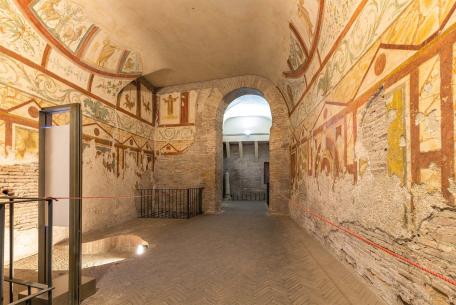
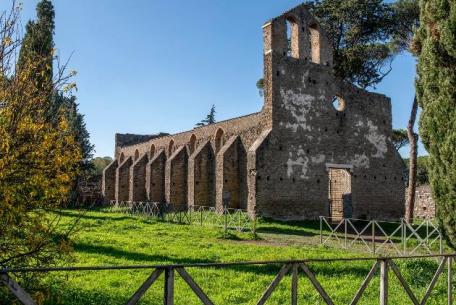
The history of this monument dates back to the early 1300s.
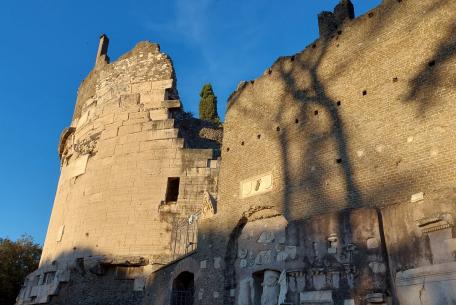
Elegant and imposing, and 11 meters high, it is one of the most iconic landmarks on the ancient Appian Way<
[...]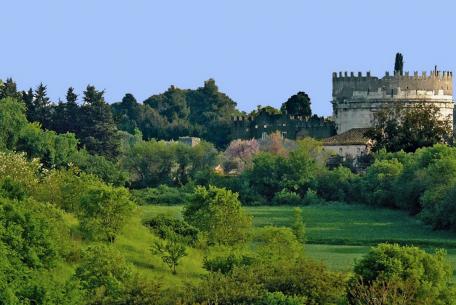
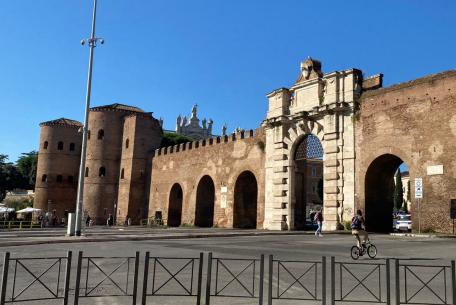
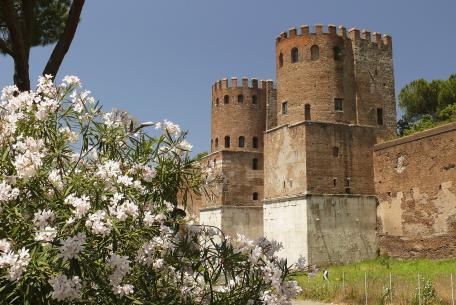
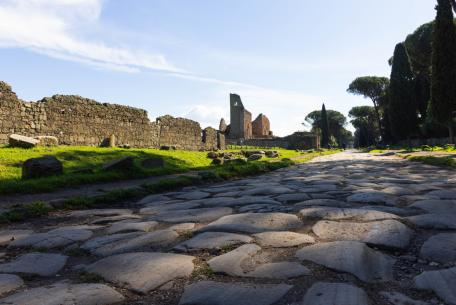
Located in the park of the samen name, the Appian Way keeps a historical, archaeological, and architectural heritage unique in the world.
The part of the city that includes Via Appia Antica and the historic district of San Giovanni in Laterano hosts points of historical and cultural interest of great importance.
With its 2300 years of history, Via Appia Antica preserves a unique archaeological and architectural heritage that makes walking or cycling among its extraordinary testimonies an unforgettable experience.
San Giovanni in Laterano, on the other hand, blends its side of a modern district - well served by the city transport network and by competitive proposals for shopping and the most traditional or innovative food - with its most fascinating side made of noble homes and monuments. Emblematic synthesis of this evocative fusion between archaeology and technology is the station-museum of San Giovanni Metro C that is unquestionably worth a visit.
The route of Via Appia Antica reached the port of Brindisi to have a direct connection with Greece, the East, and Egypt for military expeditions, travel, and trade. For this reason, Via Appia Antica was called the "Regina viarum" (the queen of the streets), the most important road of the Roman era.
Today, the first kilometers are no longer visible but, from the intersection with Via Ardeatina at the "Domine, quo Vadis?" church, a long straight line begins, on the sides of which there are hundreds of ancient funerary monuments and lush countryside dotted with large patrician villas. Via Appia Antica was also very popular with pilgrims who came to Rome to visit and pray in Christian sanctuaries, which arose outside the city walls near the catacombs.
Via Appia Antica starts immediately after Porta San Sebastiano and, on its path, are important monuments such as the famous Mausoleum of Cecilia Metella, the Nymphaeum of the Villa dei Quintili, the medieval Church of San Nicola (Castrum Caetani), the catacomb of San Sebastiano, and that of San Callisto.
Between the 17th and 19th centuries, Via Appia Antica witnessed the so-called Grand Tour, the journey to Italy that the sons of the European aristocracy made to learn to be real gentlemen. One of the unmissable stops was Rome. Here, the young men came to visit ancient ruins and buy works of art and nice souvenirs.
In the mid-19th century, it became a suggestive walk during which you could relax admiring its monuments, as in an unequaled open-air museum.
In the district of San Giovanni is the Cathedral of Rome, the splendid Basilica of Saint John Lateran, with the Lateran Palace. Just opposite, you can find the Holy Staircase with the Sancta Sanctorum, the chapel of the Popes with the image of the SS. Salvatore and the Holy Staircase itself. According to an ancient Christian tradition, in 326, it was transported from Jerusalem to Rome by the praetorium of Pilate at the behest of Saint Helena, Empress Mother of Constantine. According to the same tradition, the 28 steps that form it would be the same that Jesus climbed several times on the day of his death sentence in the palace of Pontius Pilate.
In the main square in front of the Basilica, every May Day is a famous concert, which sees the alternation on the scene of famous Italian and international musicians.
Just beyond Porta San Giovanni, instead, one of the main shopping streets of the Capital begins. Via Appia Nuova has shops for all tastes and all budgets. You can do great deals in the lively clothing market in Via Sannio, open every morning, except on Sundays.
Not far from the Basilica of San Giovanni, you can visit other monuments, churches, and places of interest of great value. Among these: the Basilica of Santa Croce in Gerusalemme, which houses the relics of the Cross brought to Rome by Saint Helena; the Roman Houses of the Celio under the Basilica of Saints John and Paul, an extraordinary housing complex that encloses over four centuries of history and testifies to the passage and coexistence between paganism and Christianity; Villa Celimontana, a lovely green area in the heart of Rome built on a site of the Flavian and Trajan era and ideal place for outdoor breakfasts and walks; the Basilica of San Clemente composed of two overlapping churches built over Roman buildings of the Republican age and on the remains of a temple of the god Mithras; the Church of Santo Stefano Rotondo, the oldest and most suggestive circular church of Rome; the house-museum where the great actor Alberto Sordi lived; for fans of the seven notes, instead, near Porta San Sebastiano is the Casa del Jazz, a charming place to listen to music surrounded by greenery.











































